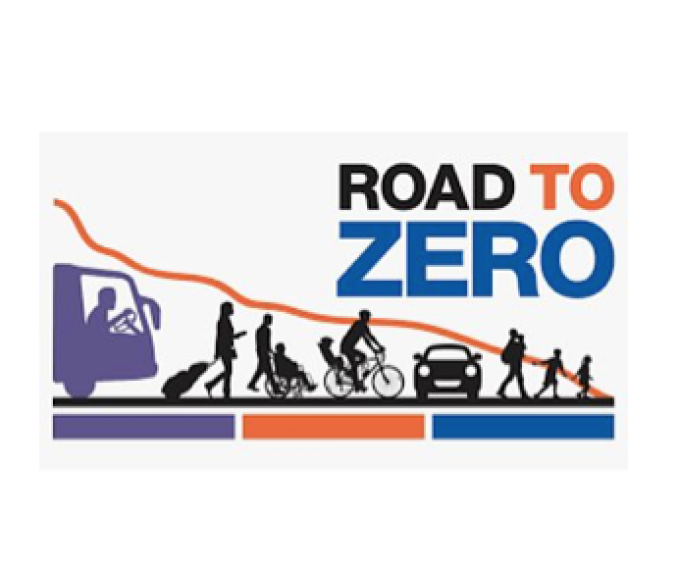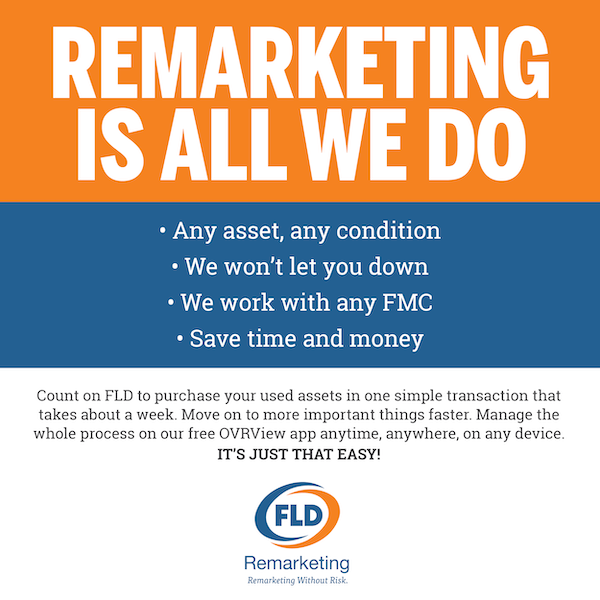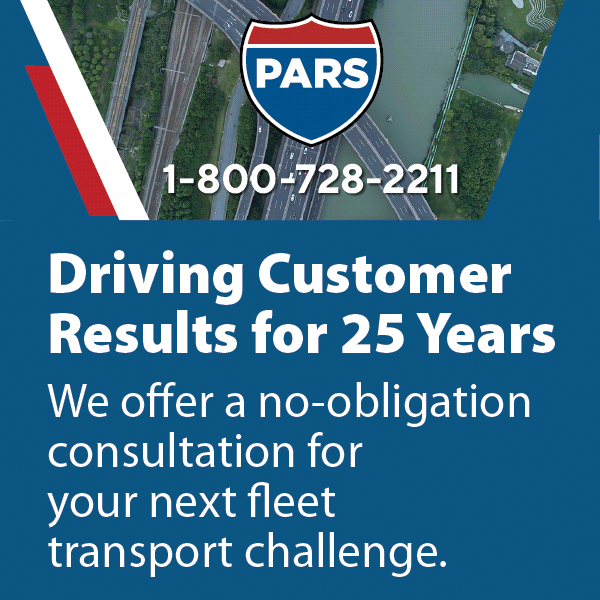
By Mark Boada, Executive Editor
Maybe it’s all the ballyhoo about how autonomous vehicles will make our roads crash-free, or maybe senior management at organizations that have a fleet are beginning to understand the true cost of crashes and expect fleet managers to prevent them. Whatever the reason, the fleet industry at large is starting to take a zero traffic crash rate as a legitimate goal to talk about.
At least, that’s an impression you could have easily drawn by attending last month’s Network of Employers for Traffic Safety (NETS) “Strength in Numbers” Benchmark Conference in Frisco, Texas (www.trafficsafety.org). And it represents a sea-change in attitudes toward fleet crashes.
One of the basics of a competent fleet safety program is an annual driver motor vehicle record (MVR) check, and today most big fleets conduct them routinely. But back in the 1990s, when fleet safety service companies started to peddle the idea, it was a tough sell. This was to a market that did see the value in checking the MVR before a driver was hired. But the objection was: why spend the extra money when people are human and crashes are going to happen anyway?
Now, we know that regularly reviewing MVRs is a good way to identify high-risk drivers, and that it’s possible, with the right attention – more training and coaching – to change those drivers’ behavior.
In addition, fleet and safety managers know that preventing crashes is the last great frontier for reducing costs. More are beginning to realize – as was repeated at the NETS conference – that the true cost of crashes is much greater than the cost of repairing or replacing bent sheet metal.
According to the U.S. National Highway Traffic Safety Administration (NHTSA), the average fleet crash costs the employer more than $24,000, around $20,000 more than the fleet department sees in repair-related expenses. The remaining amount are such “hidden costs” as lost productivity, workman’s compensation and medical insurance premiums, general administration and liability. It’s these that push up the real cost of the average crash that results in an injury to around $65,000 and one that involves a fatality to $672,000.
The thing is that these costs are spread around a number of departments, and I’m not aware of any organization that accounts for all of these. As a consequence, they go unrecognized even though they really do affect the organization’s bottom line.
So, at the NETS conference, you would have heard Jon Bowers, a manager in the driver training program at UPS and one of the event’s keynote speakers, deliver a presentation called, “Using Perfection to Create a World-class Road Safety Program.” Bowers said UPS seeks perfection from its drivers, recognizing that, while crashes will occur, no one should find them unavoidable. Bowers guiding principle? “The greatest danger is not that our aim is too high and we miss it, but that it is too low and we meet it.”
You would also have heard Kelly Nantel, vice president for communication and advocacy at the National Safety Council and another keynote speaker, talk about the organization’s Road to Zero Coalition. “Getting to zero deaths on our roads is possible” by 2050, she told the audience.
And you would have heard Joe Simone, global head of fleet safety at Merck talk about his company’s new global road safety program that aims at a “crash-free culture.”
All of this talk was to an audience of NETS member fleets who, as a group, were reported in NETS’ latest benchmark survey, unveiled at the conference, to have achieved a remarkable 9.5 percent of fleet involved in a crash in 2017, down from 9.9 percent the year before. That compares to the widely acknowledged industry rate of 20 percent of a fleet involved in a crash.
Think of what that means: here are 80-some-odd NETS member fleets, many of them global in scope, whose safety record is already better than most, completing a survey questionnaire and attending an annual meeting, year-after-year in an effort to learn from each other how to prevent yet more crashes and reduce their crash rate even further.
Each year, NETS’ annual benchmark report uncovers more new intelligence on how to do that, and this year’s was no exception. The report compares each company’s program elements with its metrics to determine any correlation between the two and how certain program elements help reduce overall crash rates, injury rates, and percentage of fleet involved in a crash.
Although the findings are proprietary to NETS members, one element which stood out this year was paying attention to driver fatigue. However, the report makes it clear that it’s the combination of certain program elements which can improve a fleet safety program, not just one element by itself.
If you want to do more, and discover what really works to prevent crashes in your fleet, join NETS. The organization is growing, and had record attendance at its conference this year, so the word is getting out. I say: do yourself, your drivers and your organization a favor and sign up to join the industry’s safety elite.




